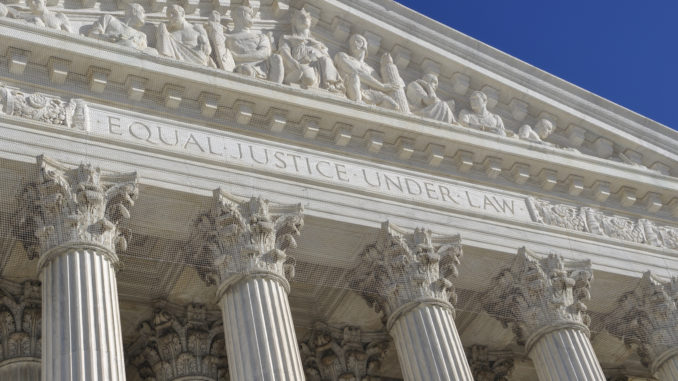
So what exactly is trademark infringement?
Trademark infringement is defined as the unauthorized use of a trademark in connection with goods and/or services in a way that is likely to cause confusion or deception to consumers of those goods and/or services.
When trying to determine the likelihood of confusion, courts use the below range of factors to quantify the likelihood that consumers of the goods and/or services will be confused or deceived. These factors can vary slightly between different countries (and also between different courts within a country) however most of the underlying principles remain very similar.
Similarity of the Marks
To determine similarity, the visual, aural and conceptual identities of each mark must be evaluated as a whole rather than assessing their individual components.
Strength of the Mark
A mark is considered to be “strong” if it is distinctive on the respective goods and/or services while a mark is considered to be “weak” if it is inherently descriptive and/or non-distinctive. If you have a weak mark then you will have difficulty proving likelihood of confusion. This is because the inherent non-distinctiveness of your weak mark adds more weighting to the additional elements of each mark which makes it more likely that the marks can be distinguished from each other.
Similarity of the goods and/or services
The test here is whether an ordinary prudent consumer would reasonably expect that the goods or services came from the same source. Courts will consider whether the goods or services are similar in nature and whether they are sold in similar trade channels. Additionally, the more extensively used and the more popular the mark is, the more likely it is that consumers will expect a wider range of goods and services.
Degree of Care Exercised By the Consumer
The amount of care taken by an average consumer varies according to the cost of the purchase. A consumer buying a very expensive product will invariably be more careful and therefore less likely to be confused by similar marks. With expensive goods or services Courts will require a higher degree of similarity of marks to prove a claim of likelihood of confusion.
Conversely a consumer purchasing inexpensive goods such as FMCGs (fast moving consumer goods) is more likely to be confused by similar marks because the low cost means they are likely to take less care when making these purchases. Therefore for inexpensive goods or services less similarity is required to prove likelihood of confusion.
Defendant’s Intent
Direct evidence of the defendant’s intention to deceive is usually very difficult to obtain so a more likely consideration is whether the defendant carried on using the mark after receiving a warning from the plaintiff.
Actual Confusion
Evidence of actual confusion is extremely helpful in any trademark infringement case however is not essential as the Lanham Act establishes that a mere likelihood of confusion is the threshold for proving infringement.
TMpedia recommends this trade mark law firm who has been personally endorsed by the Shark Tank’s Kevin O’Leary. They offer a money-back guarantee if your trade mark is not approved by the USPTO.